B2B Game Changers: How to Discover a Distinct Advantage and Become a Market Leader
B2B companies today have a strong desire to create better digital solutions for their buyers, recognizing innovative customer experience (CX) as a key ingredient to success in current markets. While the desire and intention to create disruptive digital customer experiences grows, however, the majority of B2B companies struggle to deliver.
According to Accenture, 80 percent of B2B companies try to innovate around CX, but fail to generate a satisfactory return on investment. In all, billions of dollars are wasted on research and development of innovative ideas that never win new business.
What does it take to design innovative digital customer experiences that predictably win? The key is uncovering the false assumptions driving the failure of B2B innovation experiments. Find the truth behind what motivates customers to make purchases in a given industry, then innovate around those foundational realities.
Opportunities to Innovate: Addressing Challenging B2B Customer Experiences through Digital Products
When companies focus innovation primarily around the product or primarily around the customer, they end up creating customer experiences that fail to make much of a difference in people’s lives.
Understanding customers only provides a certain amount of value to the innovation process. While demographics, personas and psychographics may provide helpful information about customer preference, those things alone won’t point to the best opportunities for innovation.
Likewise, simply improving a product for the sake of improvement does not lead to any strategic, industry-altering innovation. The only way to create new products or product improvements that offer customers new and formerly unavailable value is to identify the “job to be done,” then remove friction from the customer experiences surrounding that “job to be done.”
>> Read part one of this article series for more about the “job to be done” paradigm shift and why it’s the key to B2B customer experience innovation.
4 Steps to Create a Digital Product Strategy for B2B CX Innovation
Creating a digital product strategy for innovative B2B customer experiences starts with understanding the “jobs to be done” by your product. From there, analysis will reveal the best opportunities for investing in innovative solutions that pay off both for you and your customers.
Step 1. Identify the Jobs to Be Done
To get started, conduct user interviews to dig deep into the “jobs” customers expect a product to complete. Don’t trust your assumptions about what motivates purchases. Make a list of what characterizes the customer situation before using the product and what would characterize success as a result of using the product. This gaps analysis will reveal one or more “jobs to be done.”
Step 2. List Customer Experience Gaps
Once you know the “jobs to be done,” you are one step closer to defining an innovative product concept that will predictably win. The next step is to create an exhaustive list of customer experience challenges people face as they seek help accomplishing the “job to be done.”
Customers “hire” products to complete jobs for them—their satisfaction is driven by how well the product completes that job, and how easily it does so. Successful CX innovations not only get customers from Point A to Point B, they also remove challenges B2B customers would otherwise experience.
Each “job to be done” from your gaps analysis will usually have three customer experience aspects: functional, emotional and social. Consciously or not, customers will measure satisfaction based on a product’s performance in each of these areas.
For instance, the amount of effort and time customers have to invest in using a product are considerable challenges associated with the functional aspects of a job. Fear of failure may accompany customers as they “hire” products–as may social constraints, such as meeting the expectations of others through the use of the product. These are both examples of emotional and social challenges that can represent friction between customers and the progress they wish to make by hiring a product.
Here are four questions to ask as you create your list of customer experience gaps:
1. What about the current product experience is holding customers back from making the progress they need to make?
2. What are the functional, emotional and social aspects of their goals and the current product experience?
3. What challenges and barriers are associated with the functional, emotional and social aspects of the job?
4. How can the product address these functional, emotional and social challenges throughout the customer journey?
Step 3. Create a Buyer Utility Map
The next step is to identify the innovation opportunities which exist behind every customer experience challenge on your list.
We recommend plotting obstacles and points of friction in a buyer utility map to visually track innovation opportunities along the buyer experience cycle. Simply enter each functional, emotional and social pain point under the stage where it falls in the buyer experience cycle:
● Purchase
● Delivery
● Product use
● Supplemental products
● Maintenance
● Disposal
As you create your buyer utility map, remember to take into account the various types of target customers your B2B company does business with. Each type of customer will have completely different pain points, so you’ll want to create unique buyer utility maps for each. An area for innovation may lie with one type of customer or both.
Step 4. Choose Your Focus
There are usually multiple pain points along a buyer experience cycle, which translate into multiple opportunities for investment.
To create an innovative product that generates a high return on investment, B2B companies will need to make strategic choices on where to focus their energy. This means making the harder choice of where to underperform their competitors. Avoid being decent at addressing all pain points, yet failing to be a market leader.
There may be countless CX challenges your product or service can address. But not all of them represent the best business opportunities. It’s essential to choose where to focus your energy, resources and budget. Ask yourself:
● Which areas are you most capable of addressing?
● In which areas will you choose to underperform?
Assess the results of your buyer utility map, and compare how your industry as a whole is investing in innovation to solve each of the pain points. If most competitors are already addressing certain pain points, it may behoove your company to focus on an opportunity that’s currently being ignored.
Change the B2B Game with Low-Risk Innovation
Innovation is often risky, but it doesn’t have to be. Join the 20 percent of B2B companies that successfully and predictably innovate to create customer experience value. Discover your distinct advantage through “jobs to be done” research, challenge-opportunity analysis, and plenty of first-hand market and user research to validate the concept before sinking money into a development project.
This article was originally published on the EO Global Octane Blog.
Unlock Your Full Potential as an Entrepreneur
Unlock your potential with the Entrepreneurs' Organization (EO). Immerse yourself in exclusive events with renowned speakers, participate in peer-to-peer mentorship, access high-level executive education programs, and join intimate forums for reciprocal learning and support. Embrace a world of opportunities designed for high-revenue entrepreneurs like you.
Don't wait, join EO today and propel your entrepreneurial journey to new heights!

